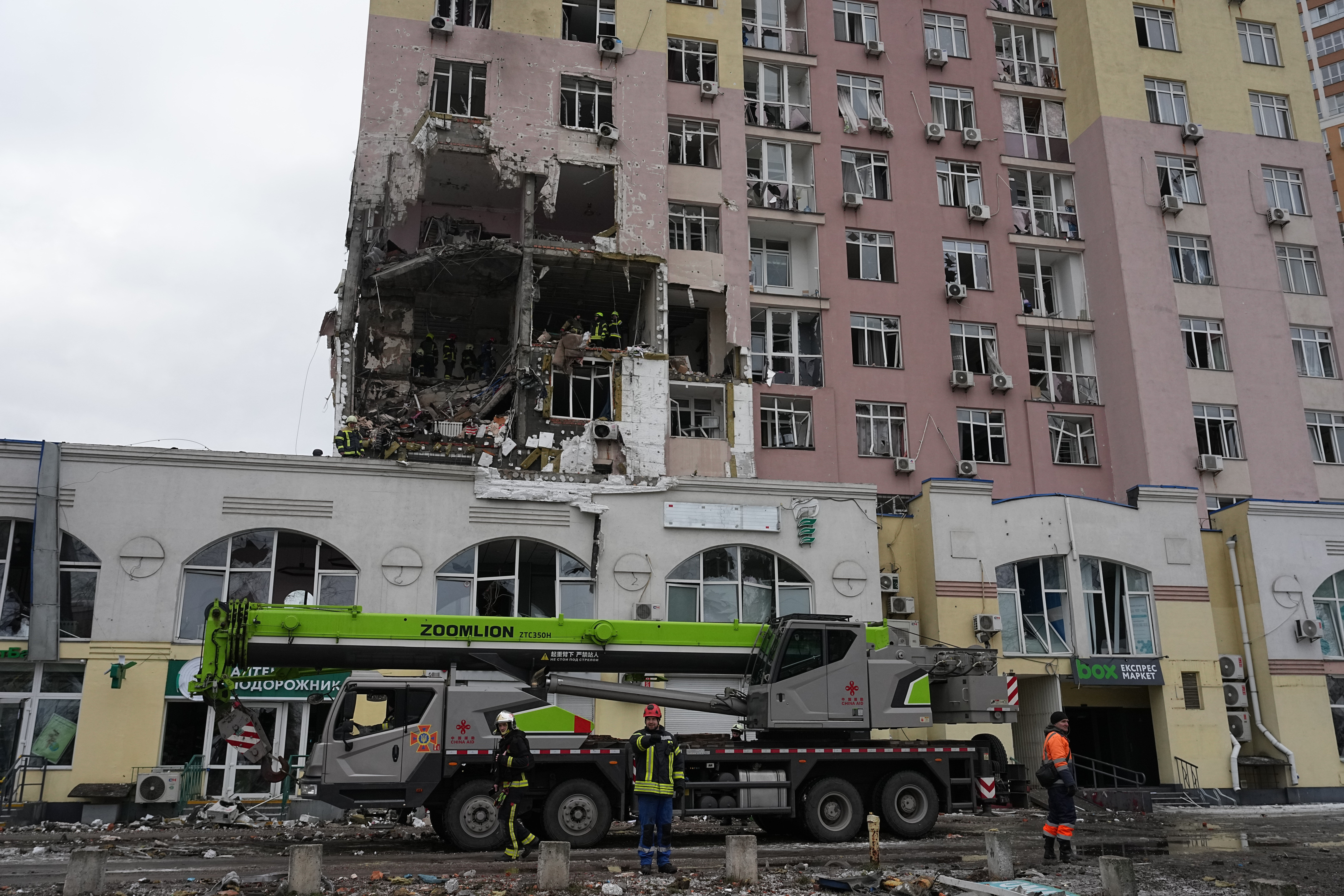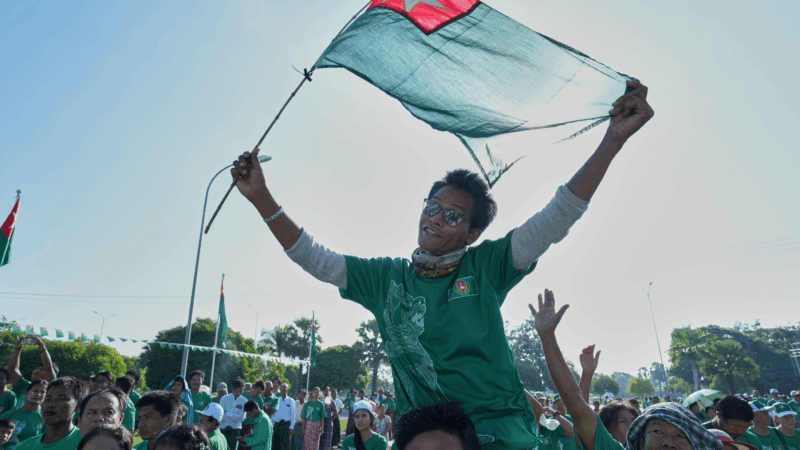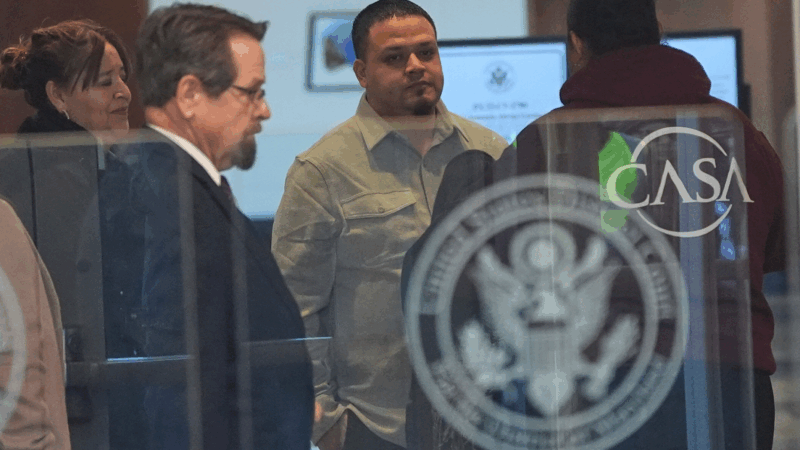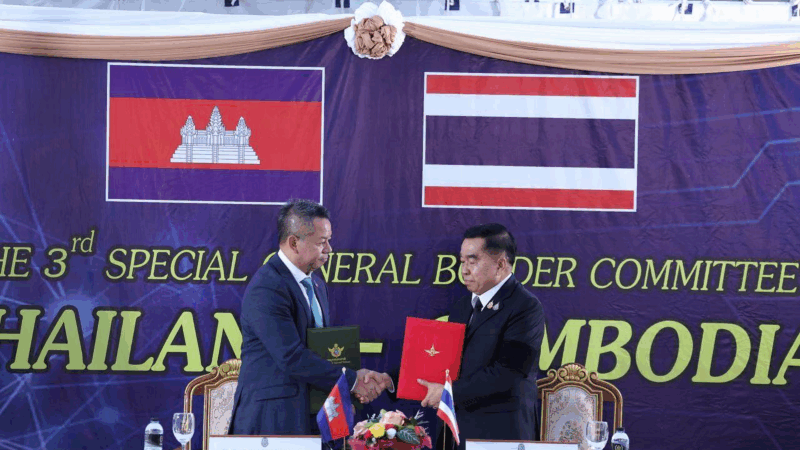Hamming It Up
During times of bad weather or crisis, communication can become difficult, almost impossible.
Oftentimes, because of their mobility and versatility, ham radio operators
and their equipment become major players in providing information and
assistance to authorities. They can monitor police and fire channels or
be in touch with the weather service as storm spotters, all the while
not having to deal with cell phone towers or the power grid.
Take for example the tornadoes that hit Tuscaloosa last December.
Tuscaloosa storm spotters, whose accounts were recorded with the Alabama
Emergency Response Team, were among the first on the scene:
(excerpt from HAM radio storm spotters courtesy of the Alabama Emergency
Response Team) “We have major damage – repeat major damage – in the field.
(to another spotter) I see debris! (another spotter) Roger. We’re trying to get
you some help!”
“In a disaster your power lines would probably be down, just as
the ice storms take your power down. If you have no power commercial power,
therefore, you can get on the radio and transmit and to talk to these
different areas and to find out what kind of health and welfare traffic they
need.”
Jerry Womble, call sign WA4QIN, says last weekend’s Field Day atop Chandler
Mountain in St- Clair County, is a chance for HAMS to brush up on their
emergency preparedness skills.
Generators are strategically placed near eight monitoring stations utilizing
different frequencies and spectra, even morse code is being communicated
from here.
While primarily an emergency exercise, Field Day is also a competition among
HAM operators to find out who can communicate with the most people. Bill
Levey is one of at least two dozen people at the event.
“My amateur radio call is WA4FAT. We hams are known by our HAM radio license
call letters. Much like WBHM is known by your call letters”
And much like WBHM, ham radio operators communicate through megahertz. Their
signals are either much higher, or much lower than our 90.3.
“So we’re on both sides of you. Much below 50 mHz, and then you would be able
to communicate worldwide. It would rare for someone to hear WBHM in a distant
country.”
Levey says most of the signals at this year’s Field Day are lower than 50
megahertz. And since radio waves don’t stop at any state or national border,
it’s not hard to find someone on the other end.
With the advent of satellites, cell phones and now, the Internet, some think
that amateur radio is on its way out.
David Black says think again.
“I’m not convinced ham radio is dying.”
Black, call sign KB4KCH, says those other media are still more
vulnerable to the environment and limits in technology – power outages and
tie-ups on landlines. And he says he’s noticing a trend
“There has been a resurgence in interest, here in the Birmingham
area, of amateur radio operators who enjoy communicating. So, the future
will likely encompass even more advances in high technology, some of which
will perhaps be yet to develop.
While Field Day is an exercise in preparedness, Black says most HAM
operators update equipment to stay on the cutting edge.
To the HAMS on the edge of Chandler Mountain, this yearly weekend retreat is
about getting away, yet staying in touch.
Russia attacks Kyiv, killing 1 and wounding many ahead of Ukraine-US talks
Russia attacked Ukraine's capital with missiles and drones early Saturday morning, killing one and wounding over 20 people a day before talks between Ukraine and the U.S., local authorities said.
Myanmar is set to hold phased elections. Here’s why they’re being called a ‘sham’
Myanmar's military rulers are holding a general election in phases starting Dec. 28 amid the country's civil war. The head of the U.N. says the vote will be anything but free and fair.
Judge to hold hearing on whether Kilmar Abrego Garcia is being vindictively prosecuted
A federal judge this week canceled the trial of Kilmar Abrego Garcia, and scheduled a hearing on whether the prosecution is being vindictive in pursuing a human smuggling case against him.
Thailand and Cambodia sign new ceasefire agreement to end border fighting
In addition to ending fighting, the agreement calls for no further military movements by either side and no violations of either side's airspace for military purposes.
Top Instagram reels from Goats and Soda in 2025: Plumpy’Nut, aid cuts, soccer grannies
Our most-viewed Instagram videos include reports from a Rhode Island factory that makes special food for malnourished children and from a tournament for soccer-playing "grannies."
Should the U.S. model its vaccine policy on Denmark’s? Experts say we’re nothing alike
The Trump administration wants to revamp U.S. childhood vaccination recommendations to align with some other peer nations, including one tiny country in northern Europe.








